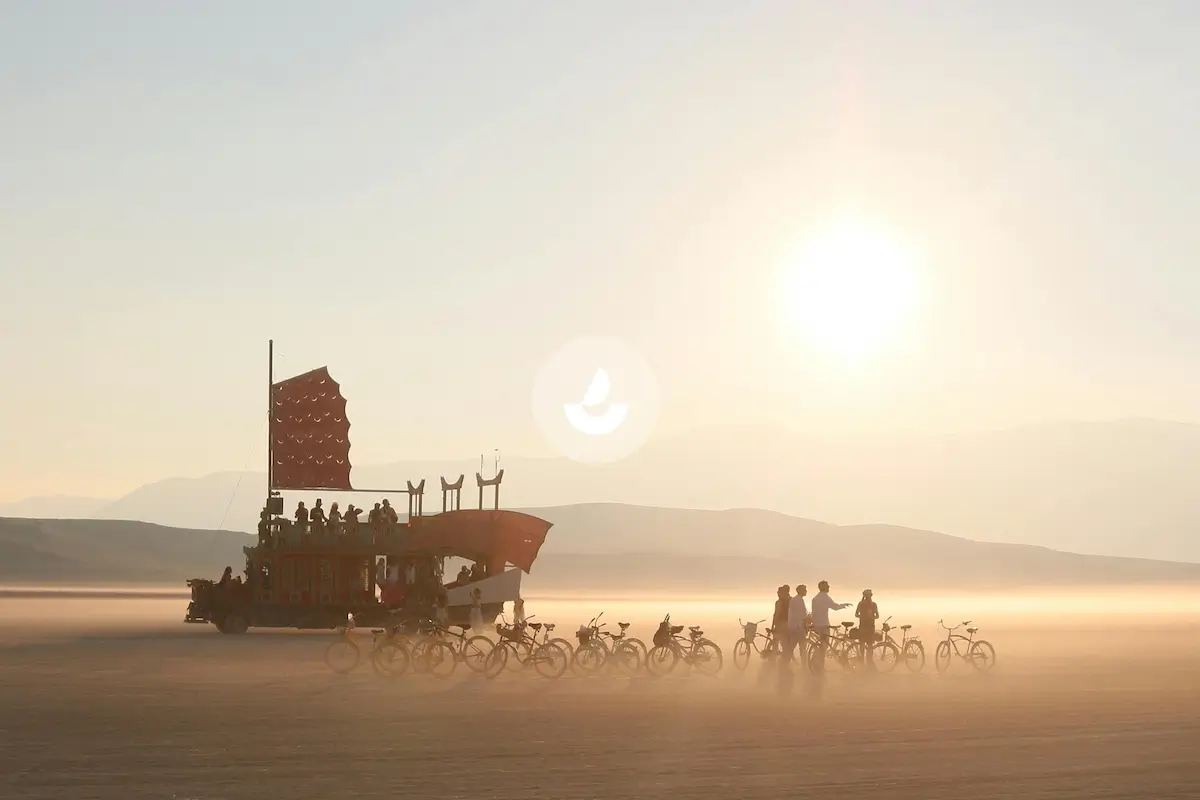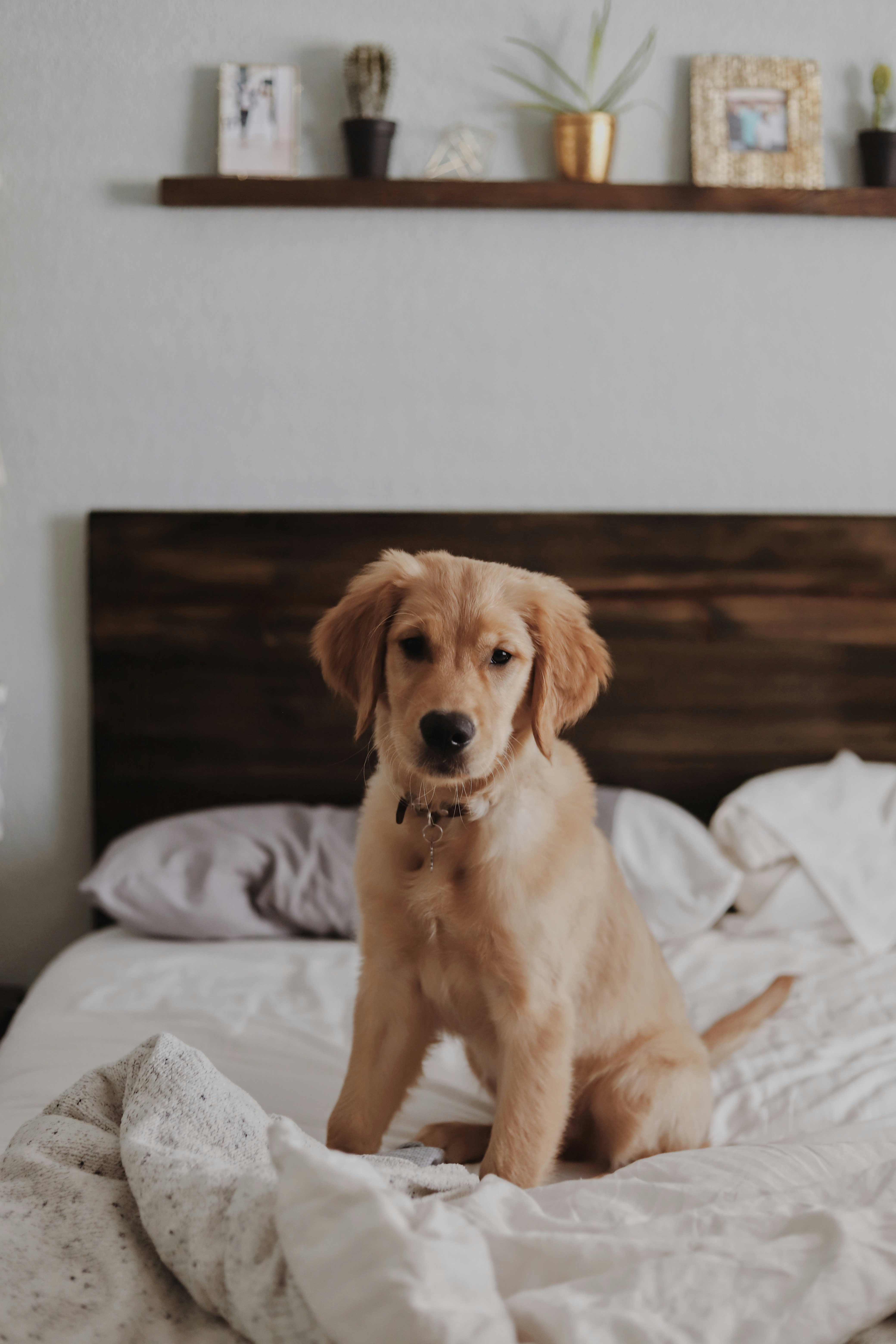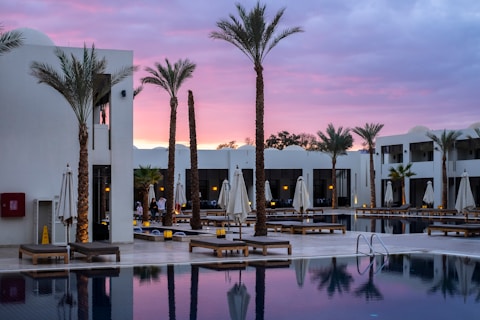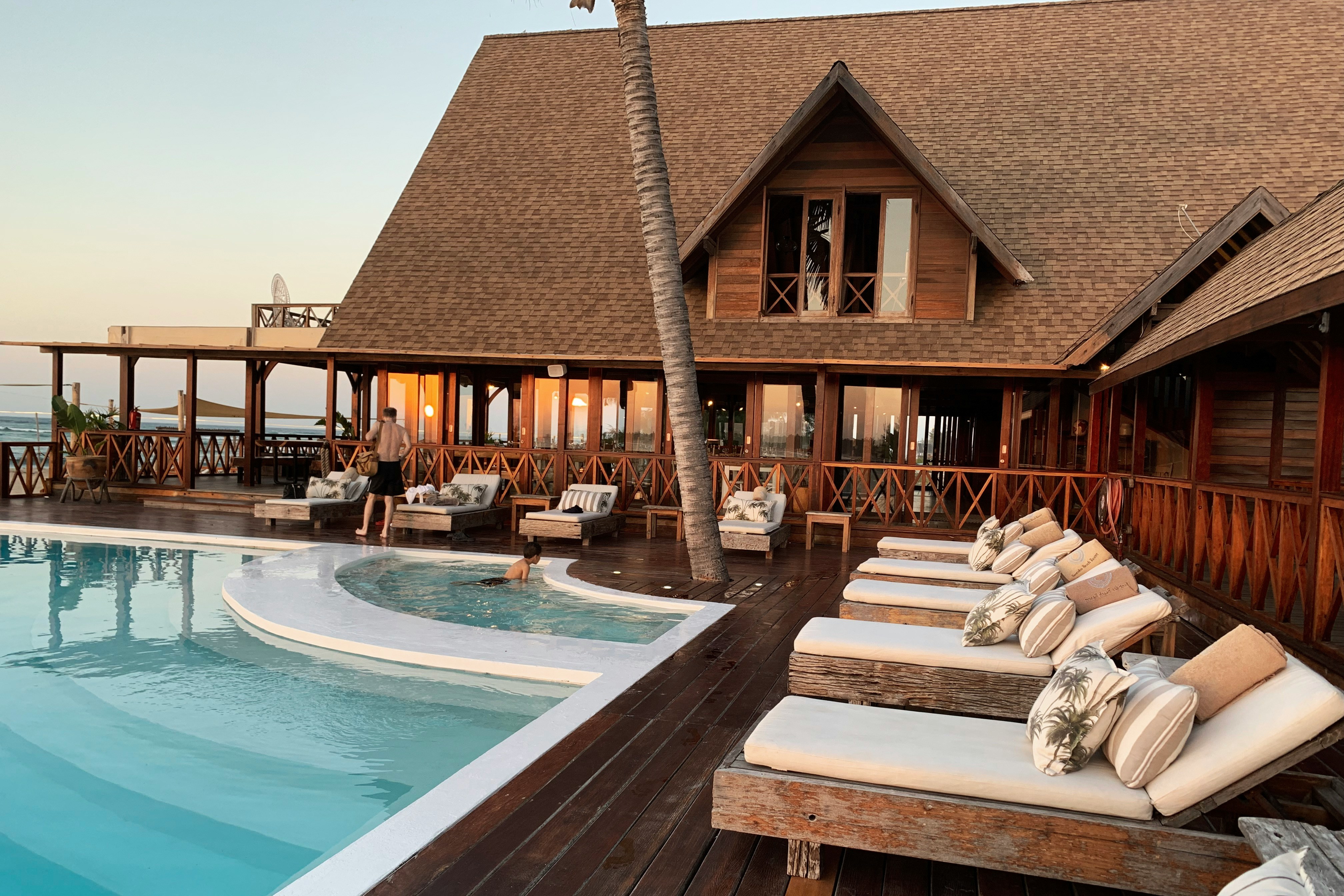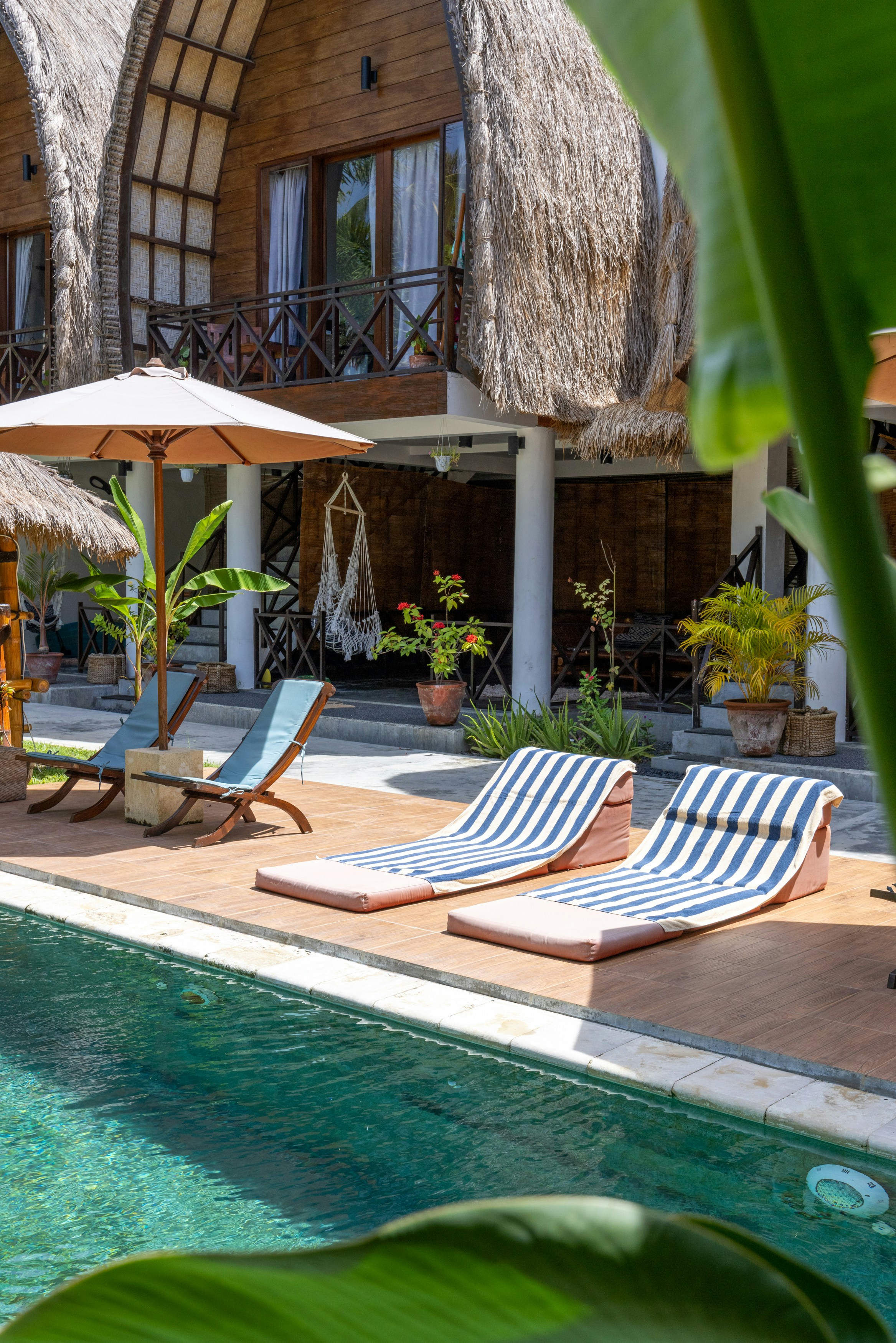Puthia Rajbari
Puthia Rajbari things to do, attractions, restaurants, events info and trip planning
Plan your stay
Posts
Initially, Puthia was a village of Laskarpur Pargana, named after Laskar Khan Nilamber, the brother of the first zamindar of Puthia, who was the first to receive the title of Raja from the Mughal emperor Jahangir. A partition of the estate took place in 1744 and the zamindari was divided among 4 co shares among whom the panch ani (five annas) and char ani (four annas) co-shares become famous in conducting jamindary. Puthia Rajbari is surrounded by ditches. The south end of an open field is where panch ani palace is situated. 4.31 acres of land was used for the Rajbari. The once strong walls surrounding the place are now damaged in places. The rajbari is divided into 4 courts : Kachhari (office) Angan (court) Mandir angan or Gobindabari (temple court) Andar Mahal (inner quarters) Residence of Maharani Hemanti Kumari The rooms are built around the courts in the palace, with the exception of the Kachari Angan, the courts are one storeyed. Kachari Angan has porticos on both the west and east ends which project in the Palladian manner. The west entrance gate leads to Kachari Angan while the other leads to Temple or Gobindabari courts. Each portico is supported by 4 semi-Corinthian columns rising the full height of the building. The porticos contain arcaded, semi-glazed loggias at the first floor level. The building's central portion, between the porticos, continues the columned theme and also has a loggia at first floor level. Also here the 4 semi Corinthian pillars cover the upper parts of the building. A wooden staircase leads to the upper floor on the east side. There are three rooms of different size, two of which were used as treasuries. The other side, (Western) has 4 rooms with two verandahs. Close to Govindabari, there are two small rooms with verandah. Now, most of the rooms built on the east and south of Kachari Angan are at ruins. The northern block of the building with east–west axis is double storeyed and has a wide hall of 21.95m x 7.16m. The upper storeyed portion has six variously announced rooms. In front of the hall there is a wide verandah with balconies on either side. The Pancharatna Bara Gobinda temple is located at the Gobindabari of this palace. The temple is beautifully ornamented with terracotta carvings. There are two rooms and several bathrooms in the western part of Andar Mahal. Most of the rooms in the court in western part of Andar Mahal are in ruins. In the eastern part of Ander Mahal there is one storeyed residence of Rani Hemanta Kumari. It has a porch in front of it and a central reception hall with nine rooms. There are extended verandahs with arches in front and rear of the hall room. Iron and wooden beams have been used in the roof.
Haq Nabil
00
The Puthia Rajbari (Puthia Royal Palace) is a magnificent historical site located in Puthia Upazila, Rajshahi, Bangladesh. It is one of the most prominent examples of traditional Bengali architecture, showcasing the grandeur of the zamindari (landlord) system during the Mughal and British periods. Historical Background The Puthia estate was established during the reign of Emperor Akbar in the late 16th century. Pitambara, the founder of the Puthia dynasty, laid its foundation. Over time, the estate flourished and became a cultural and administrative hub under various rulers, including Raja Narendranarayan, Jagannarayan, and notable queens like Rani Bhuvanamayi Devi and Rani Sarab Sundari Devi. Architectural Features The Puthia Rajbari complex comprises multiple structures, including palaces, temples, and courtyards. The site is divided into Charani and Panchani sections after a division of the estate in the 18th century. 1. The Main Palace (Puthia Rajbari) A grand, two-story building with European and Mughal architectural influences. Features intricate terracotta designs, spacious courtyards, and ornate pillars. It served as the primary residence of the zamindars. 2. Temples in the Complex Shiva Temple: One of the largest Shiva temples in Bangladesh, built in 1823 by Rani Bhuvanamayi Devi. Govinda Temple: Dedicated to Lord Krishna, this temple is adorned with exquisite terracotta panels depicting mythological stories. Annapurna Temple: A smaller yet intricately designed temple within the complex. 3. Other Structures Bara Ahnik Mandir and Chhota Govinda Mandir are smaller temples located within the Charani domain. Hawakhana: A relaxation area surrounded by lush greenery and water bodies. Surrounding Dighis (Reservoirs) The estate is surrounded by large reservoirs such as Govindasagar Dighi, Shyamsagar Dighi, Radhasagar Dighi, and others, which served both practical and aesthetic purposes. Cultural and Historical Significance The Puthia Rajbari stands as a testament to the rich cultural and artistic heritage of Bengal. It highlights the architectural blend of Hindu religious influences and Mughal styles. The site is a key tourist attraction in Rajshahi and a subject of historical research. Preservation Status Unfortunately, parts of the complex have suffered neglect and damage over time. Efforts by the Bangladeshi government and heritage organizations aim to preserve and restore this iconic site.
FTB BOGURA
00
Hi it's Md. Mohor Ali Mreedha Once again. Today i wanna talk about Puthia Rajbari (Palace): Puthia Rajbari palace was built in 1895 for Queen Hemanta Kumari. The Royal palace is an example of Indo-Saracenic Revival architecture. The palace precinct holds some of the greatest historical and architectural resources of our country. There are fourteen ancient Hindu temples of different architectural styles erected by the lords of this palace in different times of their rule over the north-western part of Bangladesh. Bagha Mosque: Bagha Mosque is a beautiful pre-Mughal period mosque, located in a remote village named “Bagha”, 40 km south-east of Rajshahi city. It is known from an inscription stone found in Bagha Mosque complex that the mosque was built in 1523 A.D. by the Sultan of Bengal Nasiruddin Nasrat Shah. The inscription stone is currently preserved in a museum at Karachi in Pakistan. Sardah, Charghat: Sardah is another tourist attraction of the district. Sardah is about twenty kilometers away from Rajshahi town. The beauty of the one and only police training center located here is beyond words, at the same time the historical background of the campus area is also very rich. There are two kuthis named ‘Bara Kuthi’ and ‘Chhota Kuthi’. These two kuthis were built in 1781 by the Dutch East India Company. When the British East India Company acquired these in 1835 from the Dutch, these establishments became the centre of principal headquarters of 152 Indigo kuthis of Rajshahi region. Santhal Para: Santhal para is the place where one of oldest ethnic groups – Santhal - lives retaining their own religion, traditions, and customs. It is located in the western part –Mahish-Bathan— of the town. Santhal is the only ethnic group who revolted against the British in 1857. The Santhal Rebellion was the most serious challenge faced by the English East India Company in the first century of its rule. Anyone can have an insight into their tribal life in Rajshahi. Besides, there are some other tourist spots like the temple of King Kangsa Narayan in Tahirpur, Bagmara; Dighapatia Rajbari in Natore, Paharpur Buddhu Bihar and Kusumba Mosque in Naogoan, Mahasthangarh in Bogra and Sona Mosque in Chapai Nawabganj. It takes a short time to reach these spots from Rajshahi city.
Md. Mohor Ali Mreedha
00
Putia Rajbari: located in Putia Upazila of Rajshahi district, is a historic palace in Bangladesh. It is known as one of the most beautiful and well-preserved zamindar (landlord) houses in the country. Its architectural style and historical significance attract many tourists. Here is some information about Putia Rajbari: * Establishment and Construction Period: The foundation of Putia Rajbari was laid in the seventeenth century. However, the current two-story rectangular palace was built in 1895 by Maharani Hemantakumari Devi in memory of her mother-in-law, Maharani Sharatsundari Devi. * Architectural Style: This palace is a remarkable example of Indo-European architectural style. Its front columns, ornamentation, woodwork, and interior designs of the rooms are particularly noteworthy. * Historical Context: Puthia was an ancient and large zamindari in the then Bengal. Legend has it that a person named Nilambar gained recognition for this zamindari after receiving the title of 'Raja' from the Mughal Emperor Jahangir. * Location: This palace is situated about 30 kilometers east of Rajshahi city and one kilometer south of the Natore highway. * Structure: The palace was surrounded by moats, which are now known by different names (such as Shiva Sagar, Gopal Chouki). Inside the palace grounds, there are also several temples, which signify its historical and religious importance. Notable temples include the Pancharatna Govinda Temple and the Chhota Govinda Temple. * Current Status: Currently, the Department of Archeology of Bangladesh oversees the Putia Rajbari. However, some parts of it are used as Laskarpur Degree College. On November 20, 2021, this historic palace was declared a museum. * Importance: Putia Rajbari is not just a historical architecture; it carries significant testimony to the lifestyle, culture of the zamindars of that time, and the history of the region. Its craftsmanship and vast courtyard still attract visitors and researchers today. If you visit Rajshahi, Putia Rajbari is an important place to see. Its historical significance and architectural style will undoubtedly fascinate visitors.
Mizanur Rahman
00
Puthia Temple Complex পুঠিয়া টেম্পল কমপ্লেক্স The Puthia Temple Complex পুঠিয়া টেম্পল কমপ্লেক্স is one of the most popular archaeological sites of Bangladesh. It is consists of a cluster of notable old Hindu temples. It is the largest number of historic temples in Bangladesh. The Puthia Temple Complex is located at Puthia Upazila, Rajshahi Division, Bangladesh. The palace is situated on the Rajshahi-Nator highway 30 km from the east of the Rajshahi City. The temples of Puthia are an integral part of the rich cultural history of Bengal. The temples were built by Hindu Zamindars Rajas of the Puthia Raj family. The temples have been built in terracotta in a variety of styles combining architecture. The Puthia Rajbari and the Dol Mancha is part of the complex. The Puthia complex includes fourteen ancient Hindu temples of different architectural styles. The square shaped fortress like building is actually the largest temple of the Puthia temple complex. Housing ancient black-stone statues of the holy Hindu couple Krishna and Radha, the temple, known as Dol Govinda temple was erected in 1778. These four historic temples are Boro Ahnik temple, Chhoto Ahnik temple, Chhoto Govinda temple and Gopal temple. On the other side of the lakes, there are two isolated temples. One is called temple of Tara and another is temple of Shiva. Puthia was a village of Laskarpur Pargana, named after Laskar Khan. Nilamber, the brother of the first Zamindar of Puthia, who was the first to receive the title of Raja from Jahangir (1605-1627AD). A partition of the estate took place in 1744 and the zamindari was divided among 4 co shares among whom the panch ani (5 আনা) and char ani (4 আনা) co-shares become famous in conducting jamindary. After India's partition the Royal Family migrated to India. The Puthia Rajbar is right now serving as Loskorpur Degree College. The government declaration of the importance of Puthia's heritage to tourism has yet to be made. It is currently in a poor state of repair. The proud palace in Rajshahi has been losing its appearance as an ornamental terracotta piece.
Mahabur Rahaman
00
Puthia Rajbari is a captivating historical palace located in Puthia Upazila, Rajshahi District, Bangladesh. Constructed in 1895 by Maharani Hemanta Kumari Devi in memory of her mother-in-law, Maharani Saratsundari Devi, the palace exemplifies Indo-Saracenic Revival architecture—a blend of European and Mughal styles.  🏰 Architectural Highlights The two-story palace is surrounded by moats and features multiple courtyards: • Kachhari Angan: The administrative court with porticos supported by semi-Corinthian columns.  • Mandir Angan (Gobindabari): The temple courtyard housing the Pancha Ratna Govinda Temple, adorned with intricate terracotta carvings depicting scenes from Hindu epics.  • Andar Mahal: The inner quarters, including the residence of Maharani Hemanta Kumari, featuring a central reception hall and nine surrounding rooms.  ⸻ 🛕 Temple Complex Adjacent to the Rajbari is the Puthia Temple Complex, renowned for its collection of historic Hindu temples:  • Pancha Ratna Govinda Temple: A 19th-century temple with five spires and terracotta panels illustrating scenes from the Ramayana and Krishna’s life.  • Pancha Ratna Shiva Temple (Bhubaneswar Shiva Mandir): The largest Shiva temple in Bangladesh, built between 1823 and 1830 by Rani Bhuban Mayi Devi.  • Bara Ahnik Mandir: A unique temple combining Do Chala and Char Chala architectural styles, rare in Bangladesh.  ⸻ 📍 Visiting Information • Location: Approximately 30 km east of Rajshahi city, accessible via the Rajshahi-Natore highway.  • Admission: Open to visitors; no entry fee is typically required. • Best Time to Visit: Winter months (November to February) offer pleasant weather for exploration. ⸻ ⭐ Overall Impression Puthia Rajbari, with its rich history and architectural grandeur, offers a glimpse into Bangladesh’s royal past. The adjoining temple complex enhances its cultural significance, making it a must-visit destination for history enthusiasts and travelers alike.
Mazedul Alam
00
Basic Info
Address
Puthia - Bagha Rd, Puthia, Bangladesh
Map
Phone
+880 1742-383453
Call
Reviews
Overview
4.4
(1.9K reviews)
Ratings & Description
cultural
scenic
family friendly
accessibility
Description
Puthia Rajbari is a palace in Puthia Upazilla, Rajshahi in Bangladesh, built in 1895, for Rani Hemanta Kumari Debi, it is an example of Indo-Saracenic Revival architecture. The palace is sited on the Rajshahi Natore highway 30 km from the east of the town and one km south from Rajshahi Natore highway.
attractions: , restaurants:

- Please manually select your location for better experience
